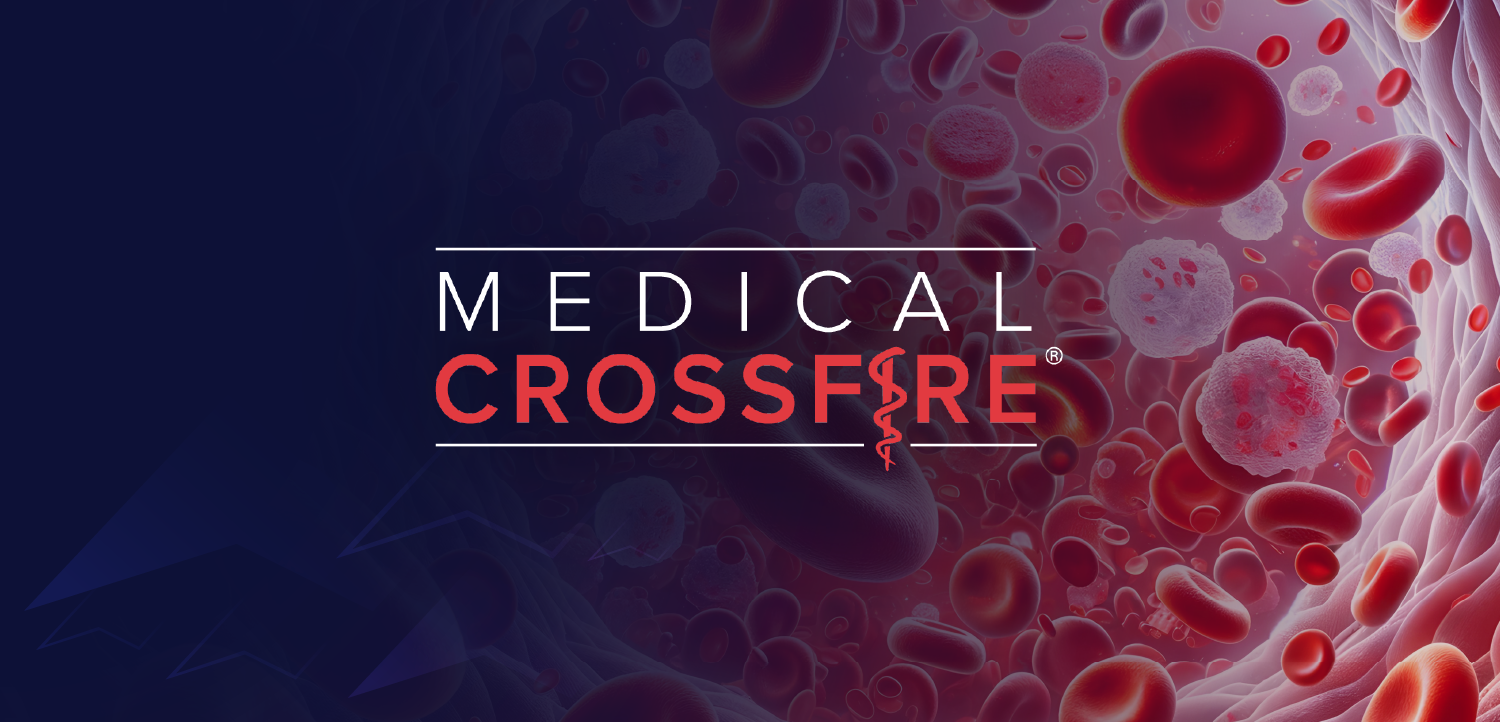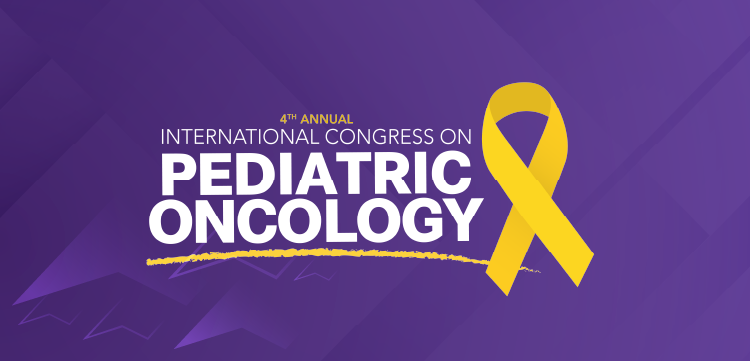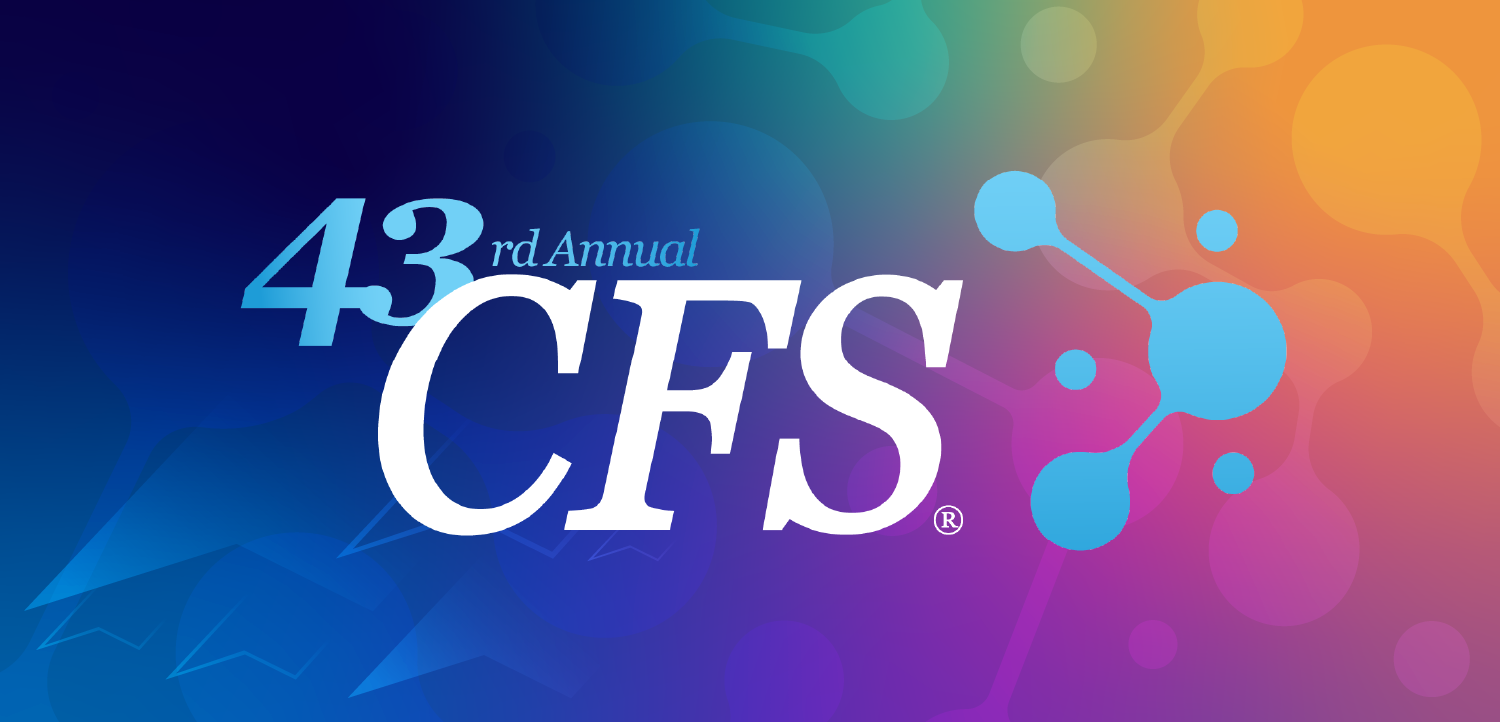
Congress Pushes for Predictive Models for Zika and Other Infectious Disease Outbreaks: Public Health Watch
Congress has requested more information about how government agencies are currently using predictive modeling and simulation technologies to assess the country’s risk for outbreaks and prepare responses.
First Congress
Well, that’s not really fair, but it is essentially the gist of a request on the part of a bipartisan group of House Energy and Commerce Committee members, announced on November 13, 2017, which asks the Government Accountability Office (GAO) to assess how federal agencies such as the Centers for Disease Control and Prevention (CDC), Department of Health and Human Services (HHS), and the National Institutes of Health (NIH) are currently using predictive modeling and simulation technologies to assess the country’s risk for outbreaks and prepare responses. The request was made in the form of a
“Newly emerging and reemerging infectious diseases continue to threaten the health and well-being of people around the world, despite modern-day advances in medical countermeasures, including therapeutics and vaccines,” the letter reads. “We are interested in how federal agencies have used predictive models to inform decision-making in recent outbreaks and the limitations and challenges in developing infectious disease model predictions.”
The authors of the letter indicate that their request is a follow-up to a GAO
However, the same GAO report quotes another
With these challenges in mind, the members of the US House of Representatives have requested that the GAO assess “to what extent, if any, federal agencies [have] used predictive models to inform planning or policy… [or] regulatory decisions related to medical countermeasure development [and] what role(s)… the federal government [has] in producing emerging infectious disease prediction models.” In addition, the House Energy and Commerce Committee members would like to know how “medical product sponsors” (ie, industry) have used modeling or simulation in product development and what steps, if any, various relevant federal agencies have taken, to date, to validate predictive models for infectious disease outbreaks.
Within the context of Zika virus, the GAO’s May report noted that, “CDC has not been able to predict how much the Zika virus will spread in the continental United States. CDC officials told us that there was no epidemiologic model that looked at both types of transmission together—sexual and mosquito-borne. In addition, there are several major assumptions that need to be made for descriptive and predictive modeling of the Zika virus, including the number of infections and the overall number of pregnant women. CDC officials told us that as of October 2016, many uncertainties remained for Zika virus modeling.”
Now, perhaps, some of those uncertainties will be addressed—with the muscle (and money) of Congress behind efforts to do so.
Brian P. Dunleavy is a medical writer and editor based in New York. His work has appeared in numerous healthcare-related publications. He is the former editor of Infectious Disease Special Edition.
Newsletter
Stay ahead of emerging infectious disease threats with expert insights and breaking research. Subscribe now to get updates delivered straight to your inbox.






































































































































































































































































































